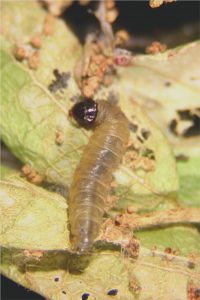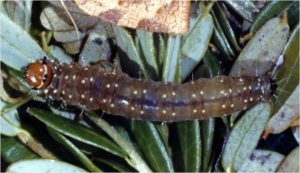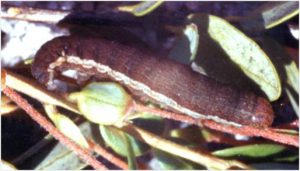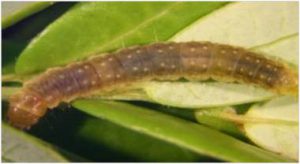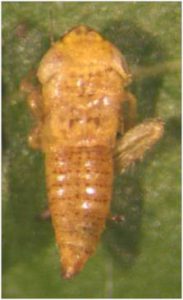Callisto® (mesotrione) is a systemic preemergence and postemergence herbicide. It works mainly on broadleaf weeds and sedges, and does not work well against most of grasses. When used preemergence, weeds take up the product through the soil during emergence. When used postemergence, weeds absorb the herbicide through the treated foliage and also through the soil.Plants affected by Callisto® will turn white. Injury may take several days or weeks to show.
Callisto® recently received a New Jersey 24(c) Special Local Need label for spot treatment of tough-to-control weeds in cranberry. This type of application will concentrate the herbicide on a localized area of the bog, allowing a higher use rate that can provide control of dodder, dewberry, Poison ivy, or smilax.
The addition of a crop oil concentrate (COC) type adjuvant at 1% v/v or a nonionic surfactant (NIS) type adjuvant at a rate of 0.25% v/v is recommended for improved control of emerged weeds.
|
Callisto® Herbicide /Gallon
|
Maximum Solution per Acre per Application | Solution Description |
| 0.8 teaspoon |
30 to 60 gal
|
approximates 4 oz/acre rate
|
| 1.6 teaspoons | 30 gal |
approximates 8
oz/acre rate
|
|
3 tablespoons
|
5.3 gal |
very concentrated, for woody weeds
|
There are a number of restrictions associated with this 24(c) SLN label:
- Callisto® may be applied in cranberries at a rate up to 8 fl oz/A and not more than 16 fl oz/A in total per year.
- Callisto® applications cannot exceed 2 per acre per year.
- If two applications are made, they must be made no closer than 14 days apart.
- In non-bearing cranberries, make the Callisto® application(s) after the bud break stage, but not less than 45 days before flooding in fall or winter.
- In bearing cranberries, make the Callisto® application(s) after the bud break stage, but not less than 45 days prior to flooding or harvest.
- DO NOT apply directly to water or areas where surface water is present outside the bog system.
- DO NOT contaminate water when disposing of equipment wash water or rinsate.
- DO NOT apply within 10 feet of surface water outside the bog system.
- Do not apply when weather conditions may cause drift to non-target areas. Drift may result in injury to adjacent crops and vegetation. To avoid spray drift, DO NOT apply when wind speed is greater than 10 mph or during periods of temperature inversions. Use of larger droplet sizes will also reduce spray drift.
The new 24(c) SLN label is available at this address http://www.cdms.net/ldat/ld56N003.pdf
